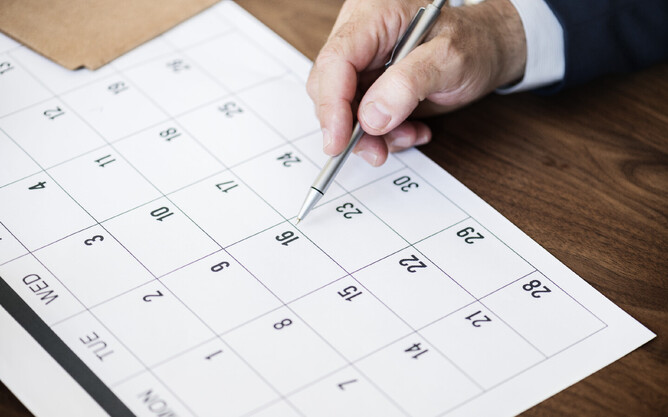While the gradual reopening of business sectors is great news overall, many companies have deferred VAT liabilities. They are now considering how they will get back on top of their finances when regular trading resumes.
There are two options available, applicable to VAT deferred between 20th March and 30th June 2020:
- Pay the VAT owing now.
- Join the new payment scheme for deferred VAT.
Here we'll run through how the two options compare to help our clients make sound judgements about the best way forward.
Bringing Deferred VAT Back Up to Date
Deferred VAT payments may have been postponed - but they aren't going away! Millions of UK businesses have taken advantage of deferral schemes to help ease the financial pressure of the pandemic.
With so many sectors having been closed indefinitely and with whole teams of staff on furlough, this enabled industries to survive, albeit in the form of enforced hibernation until they are given the green light to open their doors.
Of the two options, UK companies can now pay back deferred VAT, arising at any point between 20th March and 30th June 2020.
That includes any VAT not paid at all and any partial payments still outstanding. For full payments, including any businesses that do not apply to join the VAT deferral new payment scheme, the remittance must be made by 31st March 2021.
Failure to pay, or join the scheme, will mean that firms are likely to be fined penalties and charged interest on the balance.
Another option opened on 23rd February, allowing companies to register through their Government Gateway account. VAT deferral payments can be arranged by businesses even if they are in an existing Time to Pay arrangement for other debts and applies to the following VAT accounting periods:
- February 2020
- March 2020
- April 2020
- May 2020 - for businesses paying on account or with non-standard tax periods.
How Does the VAT Deferral New Payment Scheme Work?
This new payment scheme runs from 23rd February 2021 to 21st June 2021. Companies who are already enrolled in VAT payments on account or the VAT Annual Accounting Scheme can join from 10th March 2021.
Here's how it works:
- Set up instalments to pay back your VAT liability, spread over time.
- Repayments are interest-free, and instalments must be split equally.
- Companies can choose to divide their payments anywhere between two and 11 payments, depending on the date they join the scheme.
If you were to join by 19th March 2021, you could opt for the maximum number of instalments, splitting your VAT repayments into 11 remittances.
This instalment option decreases for every month that passes, as below:
| Date joining the VAT deferral repayment scheme | Maximum number of repayment instalments | |
| 19th March | 11 | |
| 21st April | 10 | |
| 19th May | 9 | |
| 21st June | 8 |
Therefore, if you are interested in repaying your deferred VAT through the scheme, rather than needing to pay it in full by 31st March, it is advisable to sign up as soon as possible to maximise the number of payments you can split the value across.
Payments are made via Direct Debit, and applying businesses will need to have submitted their VAT returns up to date to be eligible to join.
The first instalment is due when joining the repayment scheme, and companies must register directly.
If you have a deferred VAT liability and cannot pay back the amount due in full by the end of March and cannot pay your deferred VAT, you can:
- Contact HMRC via telephone at 0800 024 1222 by 30th June (note that HMRC will likely charge interest and penalties from 1st April).
- Apply for Time to Pay.
We hope this summary is useful and that some of our business clients will be able to benefit from the staggered repayments to help bring their VAT back up to date.
If you need any assistance confirming your outstanding liabilities, filing your VAT returns or applying for Time to Pay or the deferred VAT repayment scheme, please get in touch with the SAS Accounting team as soon as possible.


